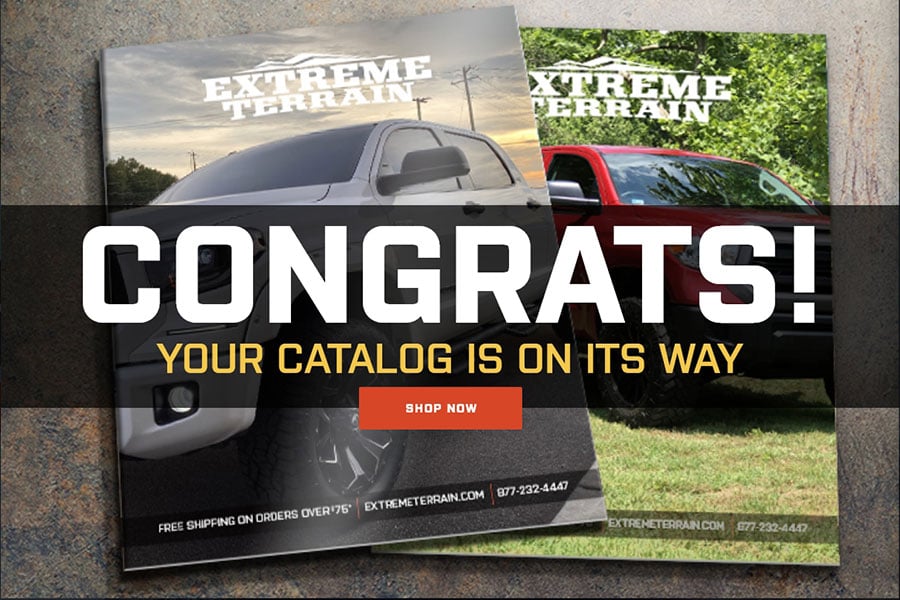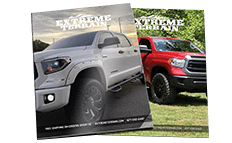

Bumper Buying Guide: What Does Your Car Need?
Are you looking to replace or upgrade your car’s bumper? If so, going out and buying the first bumper you see is not the right approach to take. Here are a few things you should consider when determining what type of bumper your car needs.
The Importance of Choosing the Right Bumper
To many people, a bumper is just an “extra” car part that is a little bit like an accessory. But this couldn’t be further from the truth in real life. A bumper’s primary purpose is to prevent as much damage to your vehicle as possible by absorbing energy from impacts. Without your front bumper, your vehicle’s hood would likely sustain much more damage in a car accident.
When choosing a bumper, you want to make sure you’re getting the right size and the right level of protection for your driving needs. Do you go off-roading a lot or do you primarily drive on well-maintained roads? The main types of bumpers for off-road use include modular, one-piece, and weld-together kits.
Modular bumpers allow for greater customization than one-piece options. These types of bumpers allow you to add extra light-mounting tabs as needed and can be made to fit different vehicle widths. There are other customization options as well. Most aftermarket off-road bumpers are one-piece bumpers that are already pre-fabricated. They include many different options, such as the addition of a winch or a swing-away tire carrier. They’re also easy to install and are designed to be very sturdy.
Finally, weld-together kits are designed to be assembled and installed by skilled home mechanics who enjoy DIY projects. They come with all the necessary pieces but must be welded on by the recipient. Usually, weld-together bumpers are made from thick steel or aluminum cut out with a CNC laser.
Factors to Consider When Purchasing
Before purchasing a new bumper for your vehicle, there are a few factors to consider. They include:
- Accurate fit
- Quality construction
- Cost
- Durability
- Reviews
All of these factors are important to consider if you want to make sure you get a quality bumper that will do its job effectively.
Top Features To Look for in a Bumper
Some bumpers come with extra features that can make life easier for you. One of the top features to look for in a bumper for your off-roading vehicle is a winch. A built-in winch can help you get yourself out of tight spots. It also gives you the option to help any of your buddies who may get stuck in common off-roading conditions.
Another feature to consider when buying a new bumper is a lightweight design. Some bumpers are quite bulky and heavy. The heavier the bumper, the more your gas mileage will be impacted. Some vehicles can handle the extra weight with minimal issues, while other vehicles will perform much better with a lightweight bumper.
Finally, consider buying a bumper with integrated light mounts. This will make things much easier for you and will give your bumper a more streamlined appearance than it would have if you drilled your own space for lights into it.
Installing a New Bumper
Once you’ve selected the ideal bumper for your vehicle, it’s time to install it. Test the fit first to ensure it fits on the front of your vehicle like a glove. Then remove or reposition the reinforcement bars or other components on your vehicle as needed. Install the bumper using the hardware included with the kit. Keep in mind that you may need to drill new holes and file or shave the bumper to get the best possible fit.
Next, prep the bumper for paint and then paint it. Consider adding a protective clear coating once the paint has dried. For more information about bumper installation and other popular subjects, visit the resource library offered by XT Jeep Club once you’ve purchased your new bumper.

